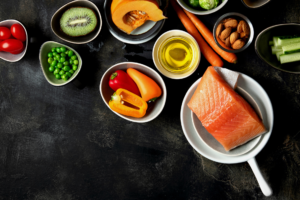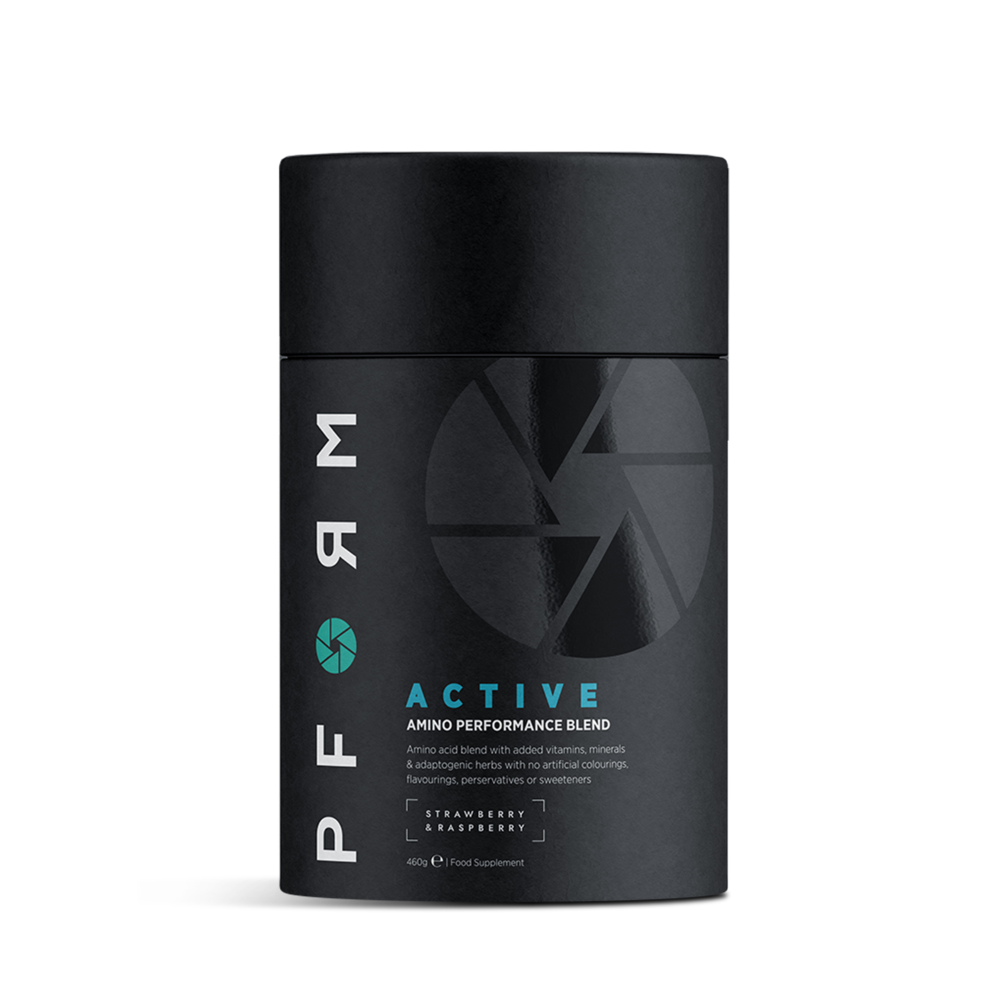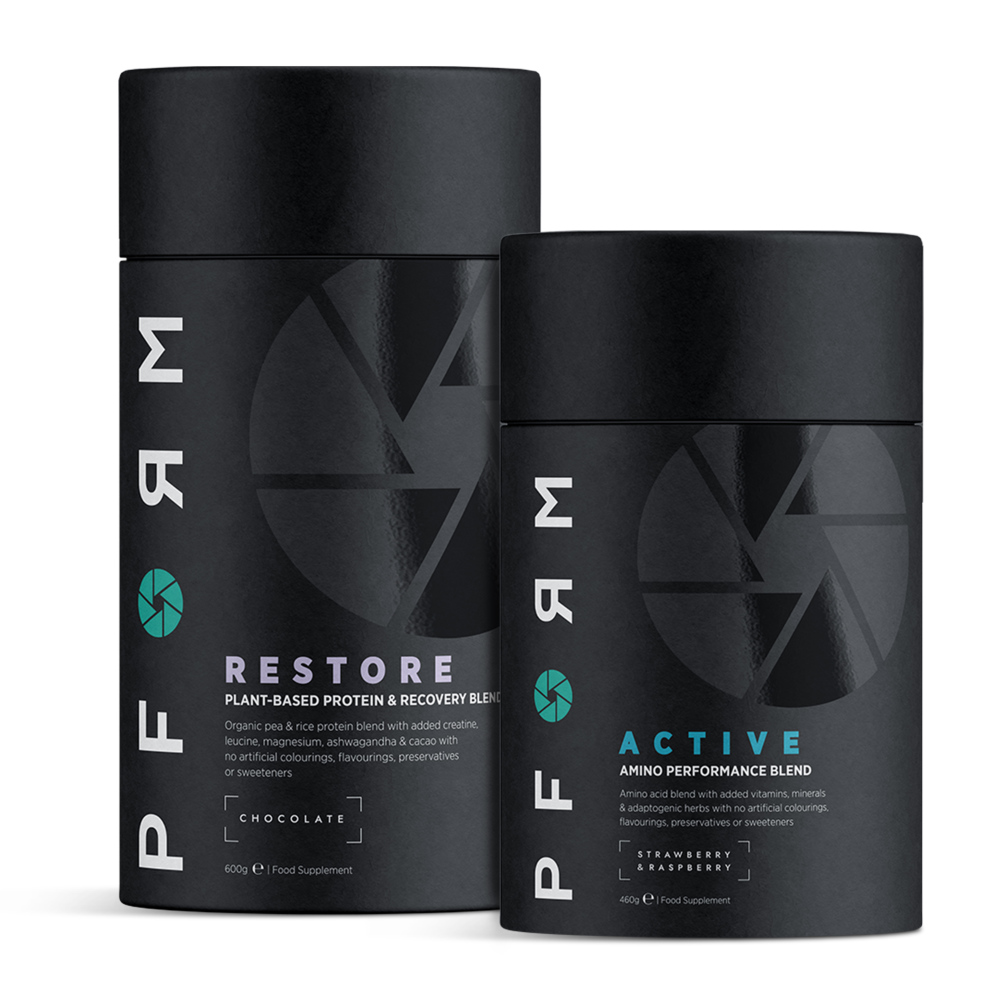
The athletic benefits of Citrulline Malate
In this article we look at the potential athletic benefits of citrulline malate.
First of all, let’s understand what it is. Citrulline is an amino acid (the building blocks of proteins) which is found primarily in watermelon and cucumbers!
Citrulline is the precursor for the amino acid arginine which plays an important role in the production of nitric oxide (NO). Citrulline is effectively recycled in this process of generating NO: citrulline → arginine →NO → citrulline.
NO is a really important substance and is known for its role in the contraction and relaxation of blood vessels and blood flow (1, 2). Supplementation with citrulline significantly increases levels of NO (3).
Citrulline is also responsible for the elimination of a toxic product called ammonia, which is excreted in the form of urea (4).
But what about citrulline malate I hear you thinking?! Malate is a substance that is generated during energy production and is proposed to increase the rate and production of energy (5). Citrulline and malate may work together to increase the efficiency of energy production and improve exercise performance – therefore citrulline is commonly supplemented in the form of citrulline malate (6)!
What are the benefits of citrulline malate?
Supplementation with citrulline significantly increases levels of NO (3) which may improve muscular function, resistance to fatigue during exercise and the recovery processes.
Its role in the elimination of ammonia may be especially helpful during high intensity exercise when there is increased production of ammonia that may contribute to increased fatigue levels (6).
Let’s assess the research:
Enhanced performance
Multiple studies indicate that citrulline supplementation improves muscular endurance during fatiguing resistance training (7,8,9,10).
Supplementation is shown to significantly improve time trial performance in both running and cycling, improving overall performance levels (1,11, 12). Citrulline malate supplementation may promote aerobic energy production (13).
Reduced muscle soreness
Supplementation with citrulline is associated with reduced muscle soreness post training (7).
Improved recovery
Supplementation of citrulline may reduce feelings of muscle fatigue from high intensity exercise and improve the post exercise recovery process (1, 13, 14, 15).
Enhance effects of BCAA supplementation
BCAA (branched chain amino acids) supplementation may benefit recovery and enhance performance – playing a key role in muscle building, muscle repair and reducing central fatigue (16,17,18).
Citrate malate supplementation may enhance the use of BCAAs during exercise (19) enhancing performance outcomes with improved time trial results being shown (20). Also, BCAA supplements typically increase levels of ammonia, (21) which citrulline supplementation can counteract.
Better muscular contraction efficiency
Experimental evidence from animal studies indicates that citrulline supplementation may improve muscular contraction efficiency (22).
Take Home Points
Citrulline is an amino acid: involved in the synthesis of the amino acid arginine and the substance nitric oxide and the excretion of the toxic by-product ammonia.
Citrulline malate: is the common supplementation form of citrulline and they may work together to enhance exercise performance.
Supplementation of citrulline malate with BCAA: may enhance the performance and recovery outcomes associated with taking BCAAs
Related Products
References
- Suzuki et al. (2016). Oral L-citrulline supplementation enhances cycling time trial performance I healthy trained men: double-blind randomised placebo-controlled 2-way crossover study.
- Gonzalez et al. (2020). Early use of combined exogenous surfactant and inhaled nitric oxide reduces treatment failure in persistent pulmonary hypertension of the newborn: a randomised controlled trial.
- Ochiai et al. (2012). Short-term effects of L-citrulline supplementation on arterial stiffness I middle-aged men.
- Takeda et al. (2011). Effects of citrulline supplementation on fatigue and exercise performance in mice.
- Bescos et al. (2012). The effect of nitric oxide related supplements on human performance.
- Wax et al. (2015). Effects of supplemental citrulline malate ingestion during repeated bouts of lower-body exercise in advanced weightlifters.
- Perez-Guisado et al. (2010). Citrulline malate enhances athletic anaerobic performance and relieves muscle soreness.
- Glenn et al. (2016). Acute citrulline-malate supplementation improves maximal strength and anaerobic power in females, masters athletes tennis players.
- Glenn et al. (2017). Acute citrulline malate supplementation improves upper and lower body submaximal weightlifting exercise performance in resistance-trained females.
- Wax et al. (2016). Effects of supplemental citrulline-malate ingestion on blood lactate, cardiovascular dynamics, and resistance exercise performance in trained males.
- Suzuki et al. (2019). A combination of oral L-citrulline and L-arginine improved 10 min full power cycling test performance in male collegiate soccer players: a randomised crossover trial.
- Figueroa et al. (2017). Influence of L-citrulline and watermelon supplementation on vascular function and exercise performance.
- Bendahan et al. (2002). Citrulline malate promotes aerobic energy production in human exercising muscle.
- Kiyici et al. (2017). The effect of citrulline/malate on blood lactate levels in intensive exercise.
- Bergstrom et al. (2018). Examination of multi-ingredient preworkout supplement on total volume of resistance exercise and subsequent strength and power performance.
- Blomstrand et al. (1997). Influence of ingesting a solution of branched-chain amino acids on perceived exertion during exercise.
- Fernstrom et al. (2005). Branched chain amino acids and brain function.
- Foure et al. (2017). Is branched chain amino acid supplementation an efficient nutritional strategy to alleviate skeletal muscle damage? A systematic review.
- Sureda et al. (2010). L-citrulline malate influence over branched chain amino acid utilisation during exercise.
- Cheng et al. (2016). The supplementation of branched-chain amino acids, arginine and citrulline improves endurance exercise performance in two consecutive days.
- Maclean et al. (1996). Stimulation of muscle ammonia production during exercise following branched-chain amino acid supplementation in humans.
- Giannesini et al. (2011). Citrulline malate supplementation increases muscle efficiency in rat skeletal muscle.


















